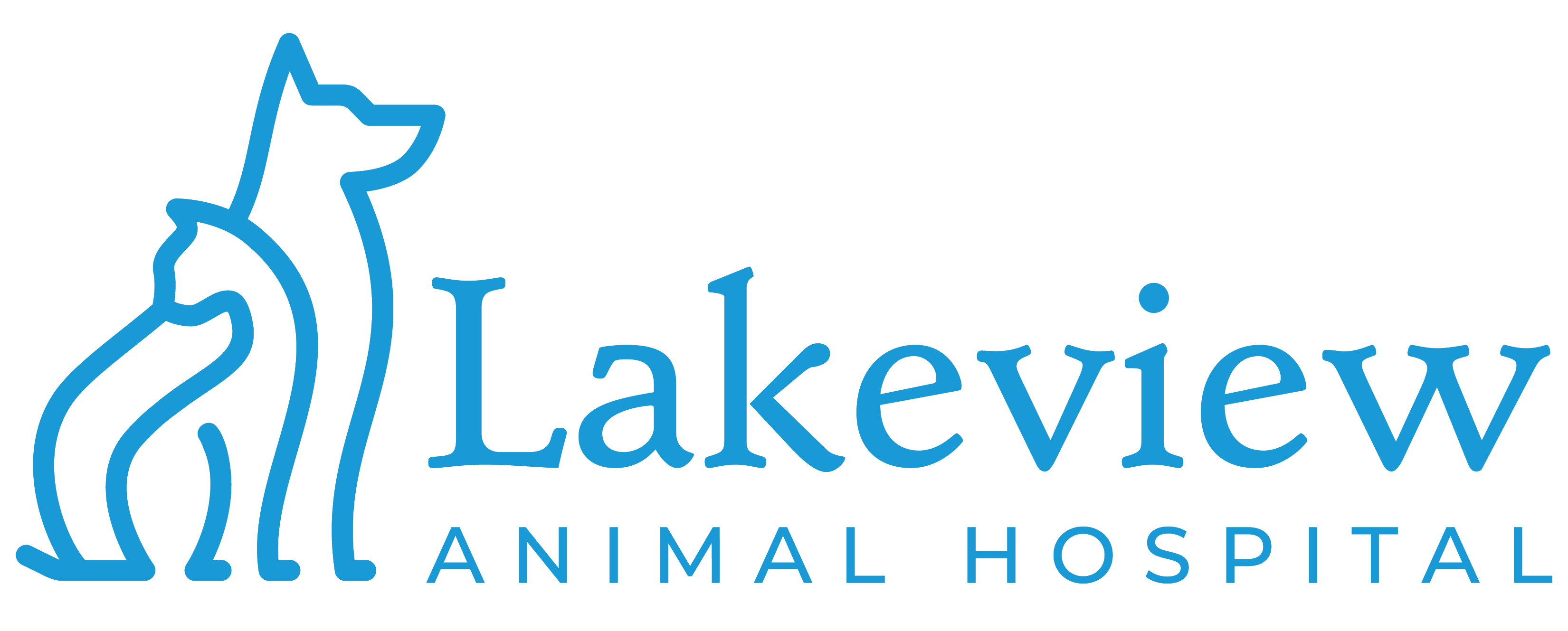Educational Articles
-
This handout outlines the use of disease-modifying osteoarthritis drugs (DMOADs) in cats, specifically the use of polysulfated glycosaminoglycans (PSGAGs). The rationale for their use, potential side effects, and treatment expectations are explained.
-
This handout explains juvenile cellulitis (also called Puppy Strangles) in puppies. Characterized by a sudden swelling of the face and muzzle, it can be confused with an allergic reaction or skin infection. The clinical signs are discussed, as well as diagnostic and treatment recommendations to resolve the condition should it occur.
-
Juvenile hyperparathyroidism is a rare, inherited condition of German shepherds and leads to a constant state of elevated parathyroid hormone, affecting calcium and phosphorus balance within the body. It is an inherited, autosomal recessive trait that causes stunted growth. One to three of the parathyroid glands are removed to bring the calcium levels into a more normal range.
-
Keratoconjunctivitis sicca (KCS) is also commonly referred to as dry eye. It is an uncommon eye condition in cats. It results from inadequate production of the watery portion of the tear film by the lacrimal gland or the third eyelid gland. Cats with KCS have painful, red, eyes with squinting. Corneal ulcers may also be present. Chronic cases have scarring on the cornea, impairing vision. The prognosis for cats diagnosed with KCS is good with long-term treatment and diligent monitoring.
-
Keratoconjunctivitis sicca (KCS) is also commonly referred to as dry eye. It is a common eye condition resulting from inadequate production of the watery portion of the tear film by the lacrimal gland or the third eyelid gland. Dogs with KCS have painful, red eyes with a thick yellow discharge. They may have secondary infections or corneal ulcers. Chronic cases have scarring on the cornea, impairing vision. The prognosis for dogs diagnosed with KCS is good with long-term treatment and diligent monitoring.
-
Kidney disease is relatively common in birds, especially budgies, and may present as an acute or chronic problem. Some of the clinical signs are very characteristic of kidney disease but many others are non-specific. This handout explains these signs, as well as how kidney disorders in birds can be diagnosed and treated.
-
Acute renal failure (ARF) or acute kidney failure refers to the sudden failure of the kidneys to perform normal filtration duties. This is not the same as the much more common form of kidney failure, chronic renal failure (CRF).
-
The kidneys have many functions. They principally act to remove metabolic waste products from the blood stream, regulate the levels of certain essential nutrients such potassium and sodium, conserve water and produce urine.
-
The lacrimal duct is part of the nasolacrimal system, a series of narrow tubes that allow tears to drain from the eye into the nose and mouth. This duct can sometimes become blocked or fail to develop properly, resulting in tears overflowing and potentially staining the face below the eye. The clinical signs, diagnosis, and treatment options for the condition are explained in this handout.
-
The lacrimal duct is part of the nasolacrimal system, a series of narrow tubes that allow tears to drain from the eye into the nose and mouth. This duct can sometimes become blocked or fail to develop properly, resulting in tears overflowing and potentially staining the face below the eye. The clinical signs, diagnosis, and treatment options for the condition are explained in this handout.

